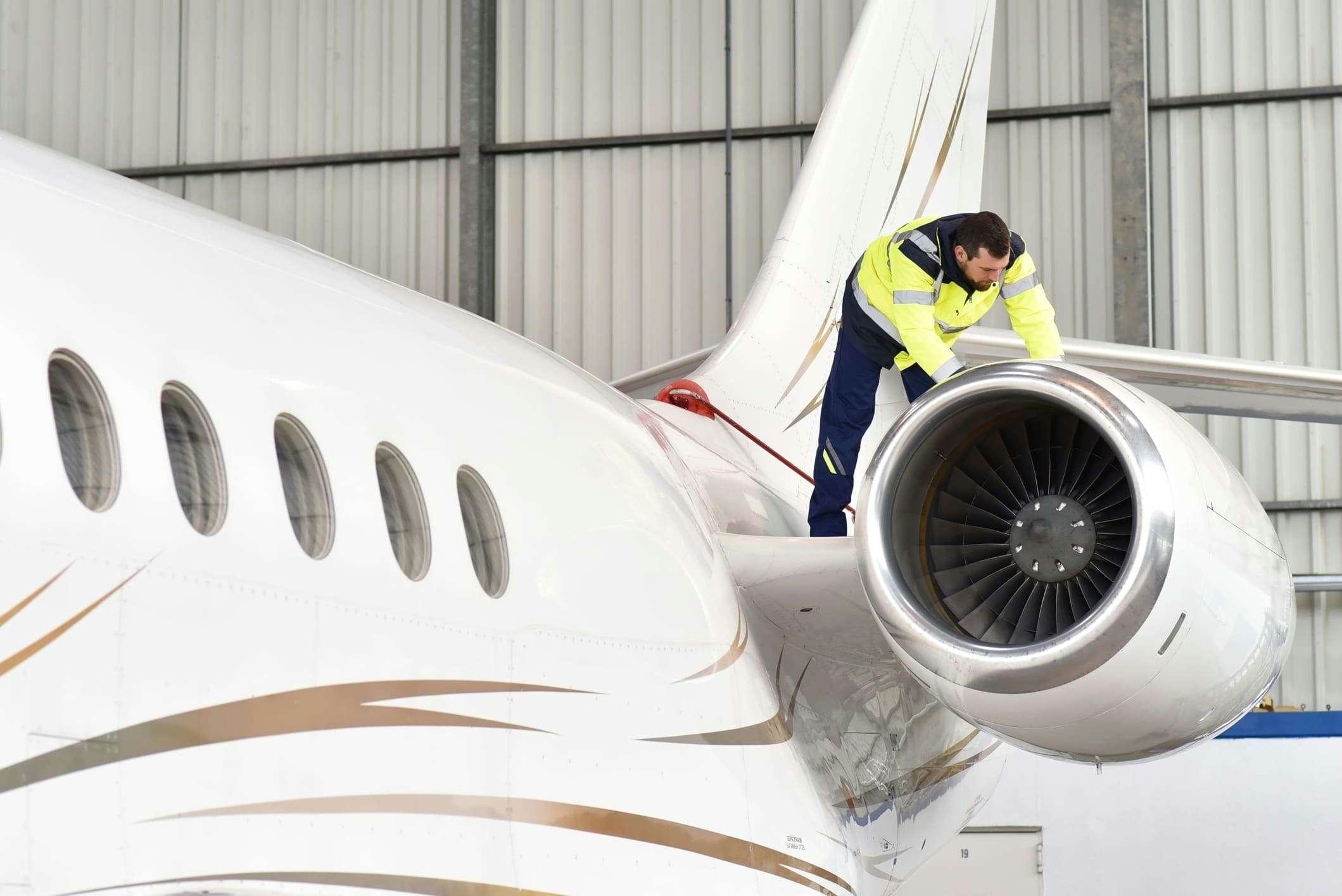
AeroGenie – Ihr intelligenter Copilot.
Trends
Categories
Mecachrome: Balancing Aerospace Precision and Innovation
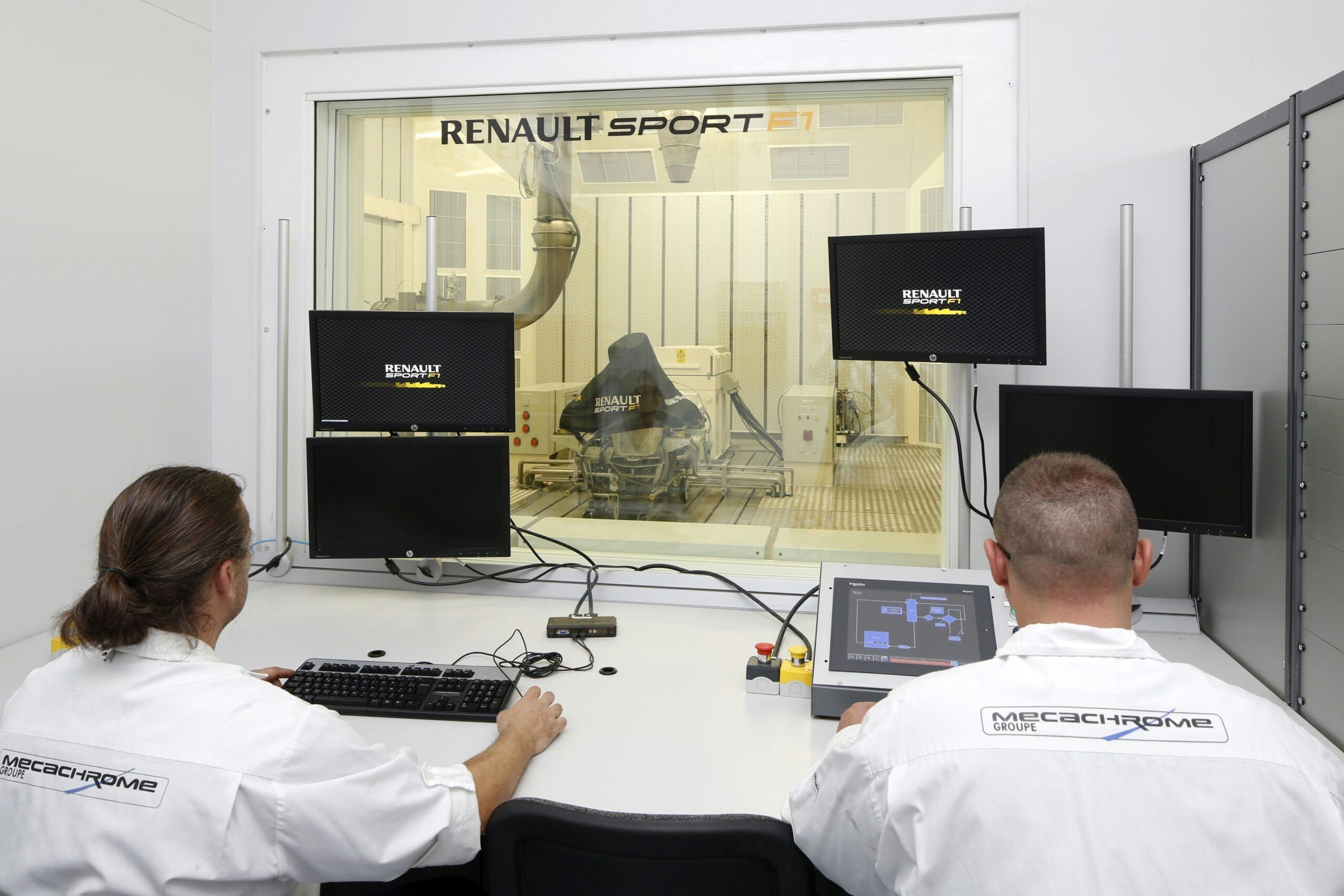
Mecachrome: Balancing Aerospace Precision and Innovation
Mecachrome, a historic leader in high-precision mechanics, occupies a unique position at the intersection of industrial heritage and cutting-edge technological advancement. Established in 1937, the French group has transitioned from its origins in motorsport and Formula 1 to become a vital supplier across multiple sectors, including aerospace, premium automotive, defense, naval, energy, and space. The company’s enduring reputation is founded on an unwavering commitment to excellence, continuous workforce development, and a corporate culture that harmonizes tradition with innovation.
Precision and Diversification
Mecachrome’s multisectoral strategy is underpinned by extensive expertise spanning the machining of complex mechanical components, sheet metal working, hot-forming, and the assembly of structural modules. Functioning as a consolidation platform, the company delivers a broad spectrum of products, ranging from individual parts to complete sub-assemblies manufactured with micron-level precision. Its clientele features prominent industry leaders such as Airbus, Safran, Dassault Aviation, Thales, Rolls-Royce, Bombardier, Porsche, and Ferrari.
In 2022, defense, naval, energy, and space activities represented nearly 10% of Mecachrome’s turnover, a proportion that continues to expand as the company diversifies its portfolio. This growth, however, presents significant challenges. The aerospace sector’s rapid technological evolution, combined with stringent regulatory frameworks, compels Mecachrome to maintain a delicate balance between precision and innovation. The competitive environment remains intense, with established players like Safran, Thales, CAE, and Collins Aerospace heavily investing in research and development and forging strategic partnerships—such as Centech’s collaboration with Airbus—to accelerate the integration of advanced technologies.
People at the Core
Central to Mecachrome’s success is its strategic focus on recruitment and talent development. The company recognizes that its achievements depend on the expertise, training, and dedication of its workforce. Its human resources strategy emphasizes internal mobility, lifelong learning, and talent promotion, enabling technicians, engineers, and operators to advance, specialize, or assume new responsibilities.
Diversity and gender equality are also key priorities. Women constitute between 9% and 34% of the workforce across production sites. Mecachrome actively addresses wage disparities and ensures salary adjustments for women returning from maternity leave, supported by dedicated budgets aimed at reducing inequalities. These initiatives reflect a broader commitment to fostering a balanced and inclusive industrial environment.
Technical Excellence Across Sites
Mecachrome’s industrial footprint demonstrates a wide array of technical capabilities. The Mirabel site in Quebec specializes in manufacturing and assembling large aerospace components, combining precision machining with sub-assembly processes. In Annecy, Haute-Savoie, the focus lies on turning, milling, grinding, non-destructive testing, and high-velocity oxygen fuel (HVOF) surface treatment. Meanwhile, the Tunisian facilities concentrate on aerospace sheet metal working and hot-forming, producing millions of parts annually and supporting the industrialization of complex components.
Assembly operations constitute another core strength, encompassing riveting, bushing, ball joint assembly, mastic application, fixing, sanding, and painting. Mecachrome’s integrated “Focus Factory” model exemplifies its commitment to operational efficiency and quality assurance.
Navigating Future Demands
Looking forward, Mecachrome faces the dual challenge of responding to pressures within the aerospace sector while adapting to emerging demands in fields such as precision agriculture and sustainable development. The growing emphasis on regenerative agriculture and precision farming highlights the necessity for technological innovation and environmentally responsible practices—areas where Mecachrome’s expertise in high-precision mechanics is poised to make a significant impact.
In an industrial landscape characterized by rapid change, Mecachrome’s capacity to balance precision, innovation, and inclusivity will be essential to maintaining its leadership and addressing the challenges of the future.

Which Oil Will Georgia Use with Unleaded Fuels?

Archer Aviation Acquires Lilium’s Air Mobility Patents
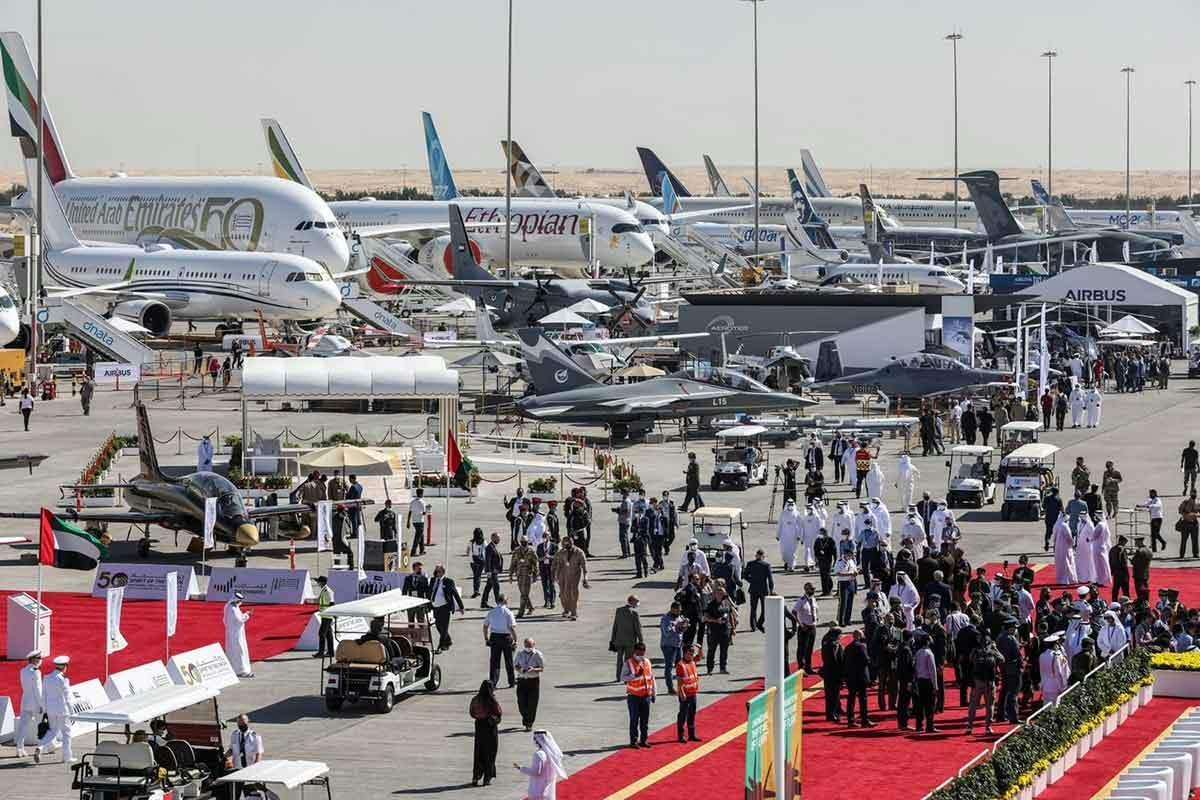
Dubai Airshow 2025 Highlights Innovation and Sustainability in Aviation
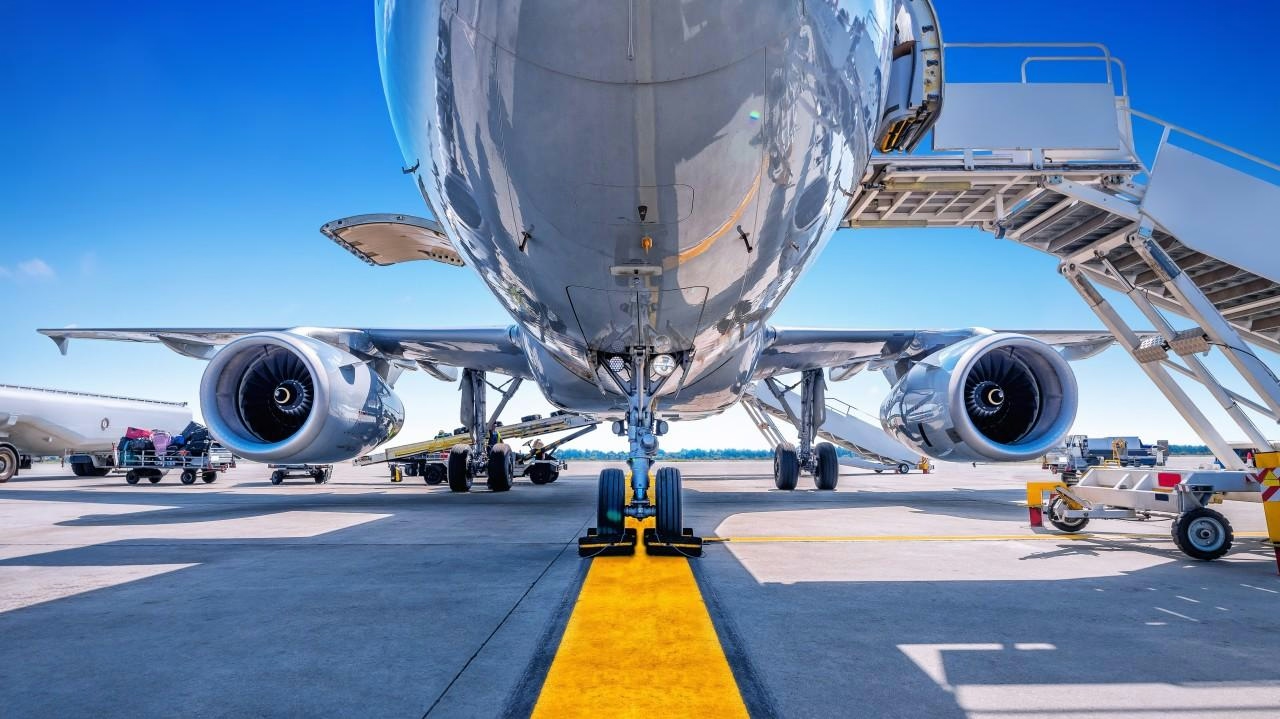
Inside All Nippon Airways’ Vision for Autonomous Ramp Operations
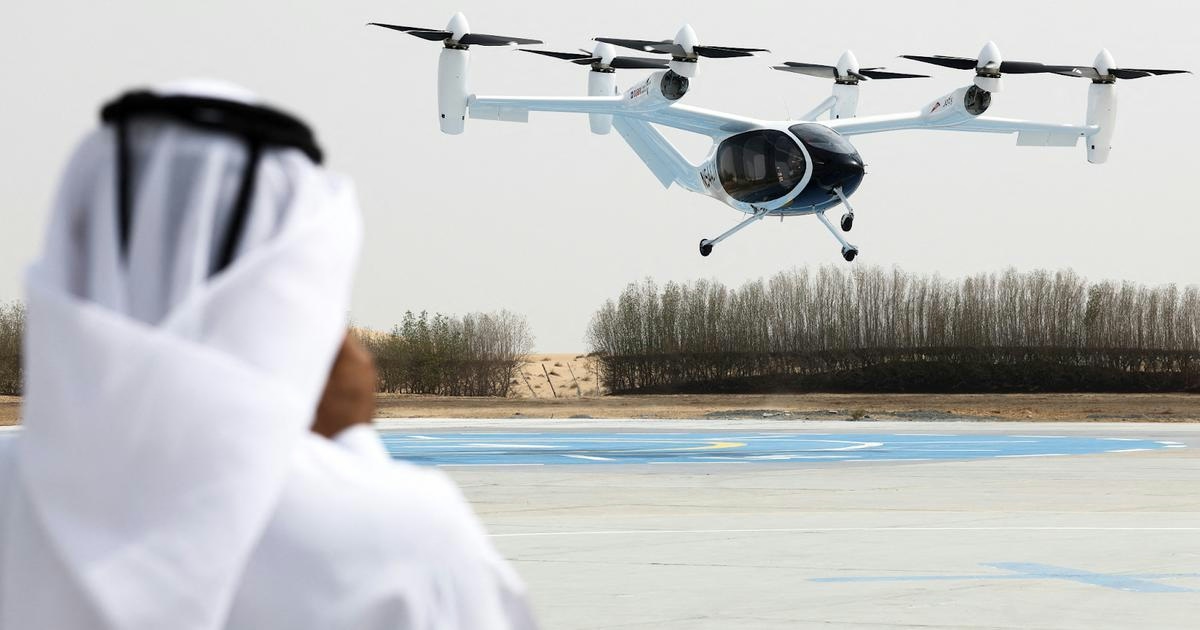
Abu Dhabi-Backed Flying Taxis Launch Operations in Egypt
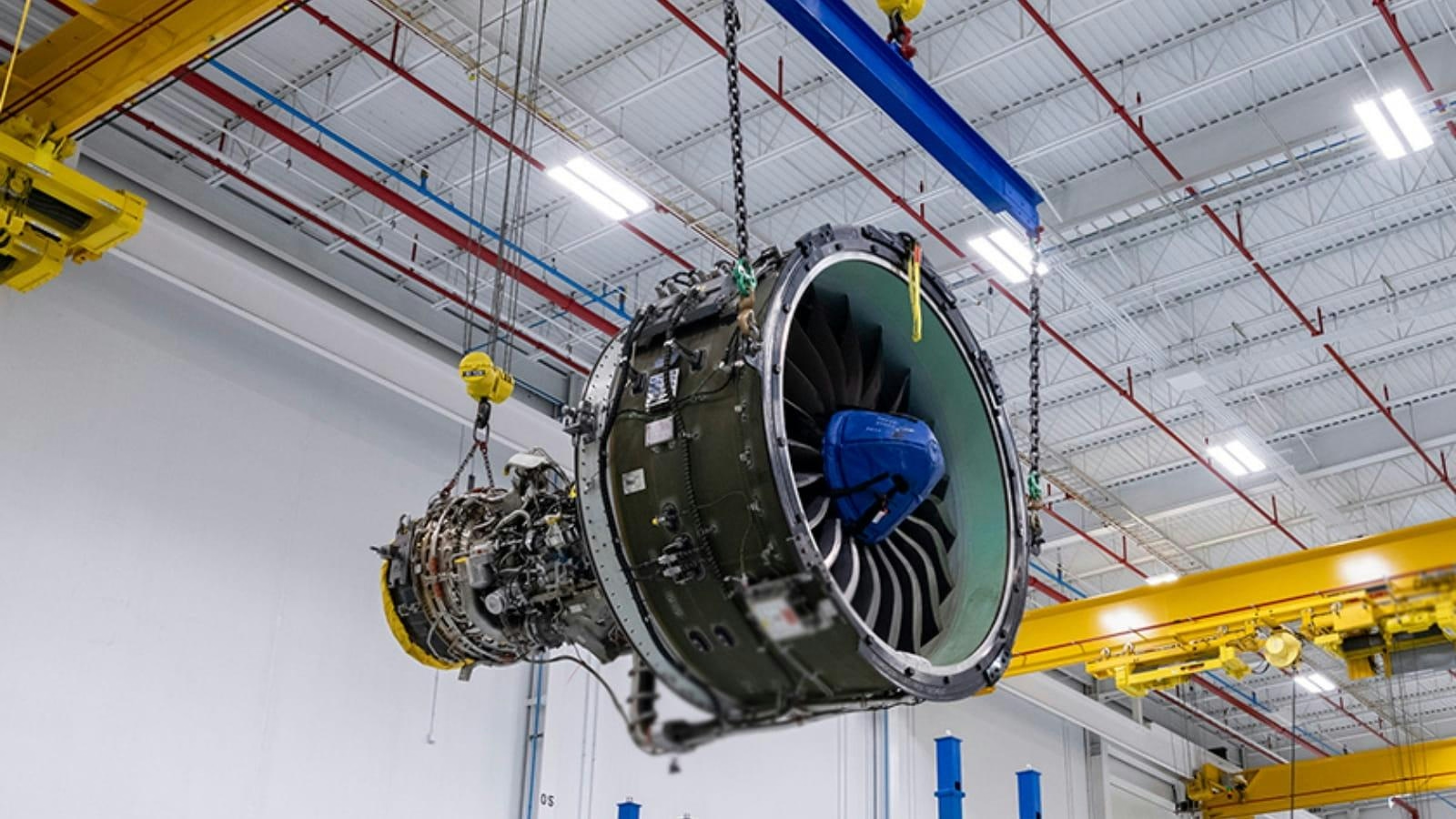
ITP Aero Expands Repair Services for Pratt & Whitney PW1100G-JM Engine
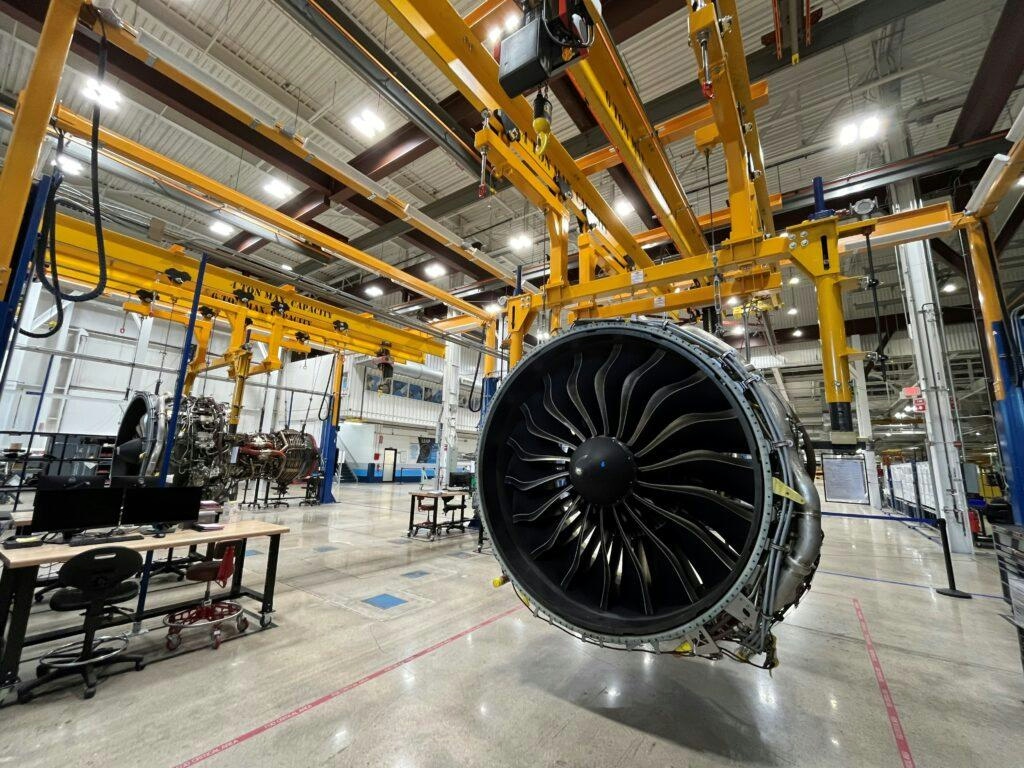
StandardAero to Support Mauritania Airlines’ Boeing 737 Fleet with LEAP-1B and CFM56-7B Engine Maintenance
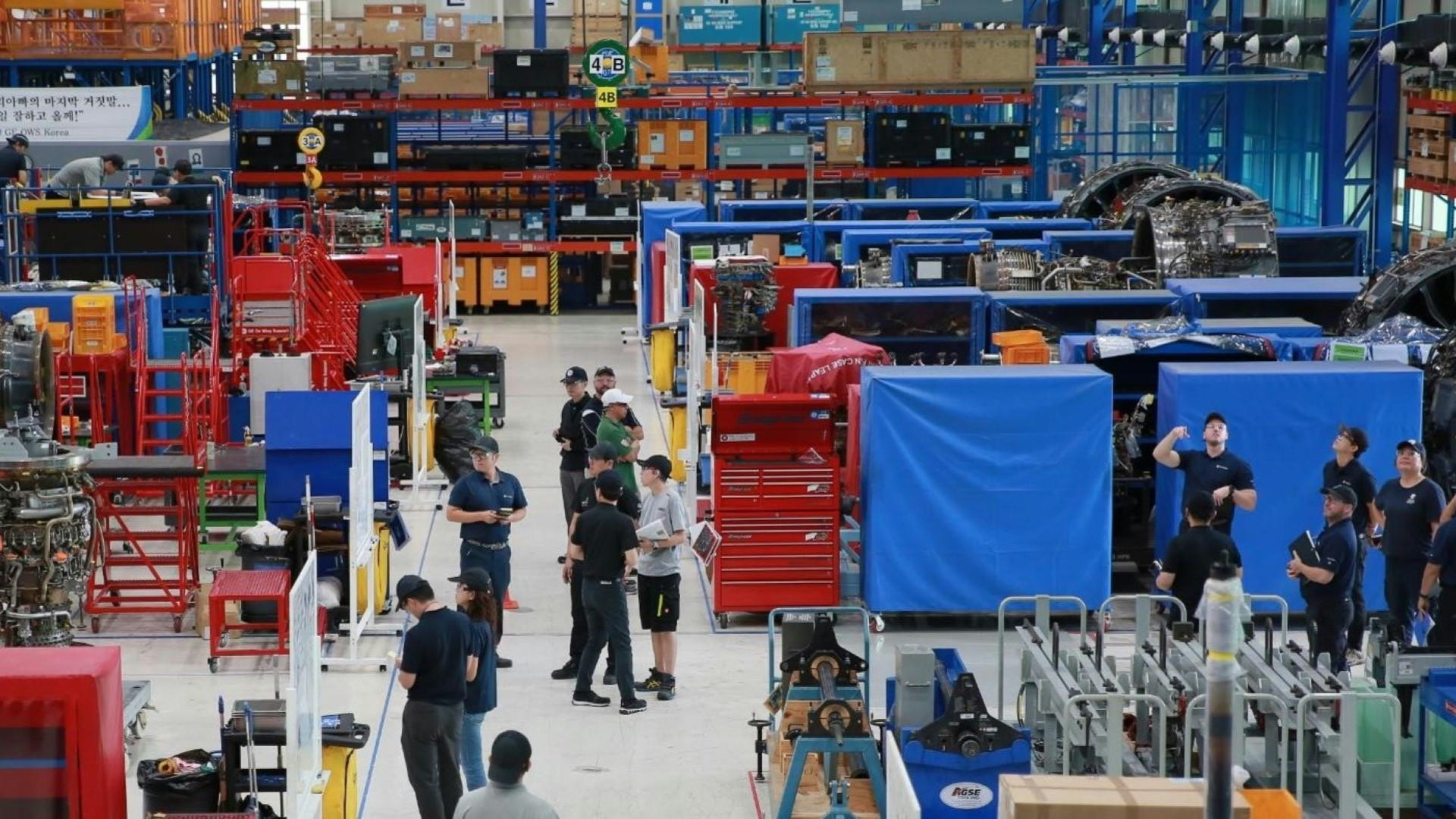
GE Aerospace’s CF6-80C2 Engine Marks 40 Years of Service
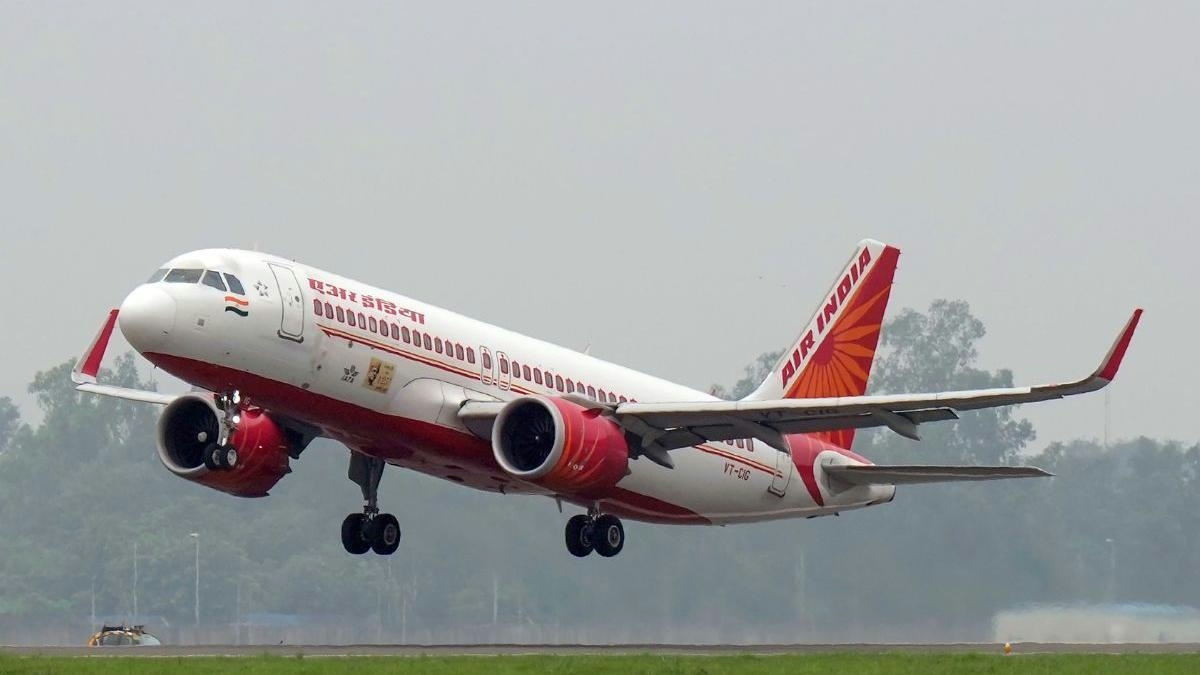
GIFT City Becomes India’s Aircraft Finance Hub as Air India Leasing Secures $215 Million Loan for Six Boeing 777-300ERs
